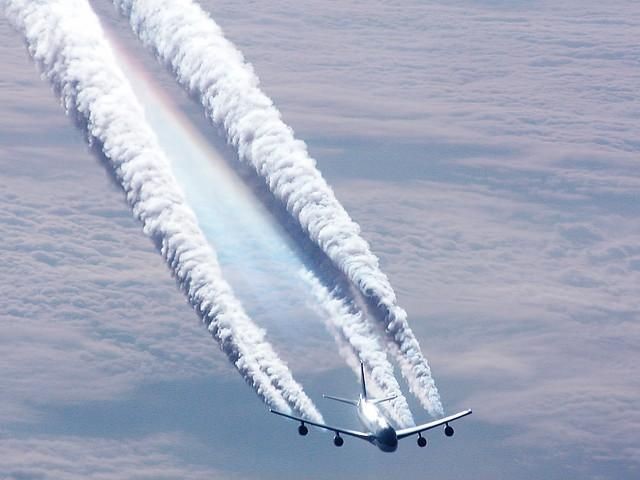UNREAL
UNREAL : Unveiling Nucleation mechanism in aiRcraft Engine exhAust and its Link with fuel composition
Aviation is actually one of the strongest growing transport sectors, and this trend is predicted to continue. In the period up to 2030, global aviation is expected to grow by 5% annually according to International Air Transport Association IATA. Currently, aviation represents 2% of global CO2 emissions, but is expected to grow to 3% by 2050. The aviation industry has identified the development
of biofuels as one of the major ways it can reduce its emissions. The main objective of this project is to evaluate the effect of the chemical composition of different new generation biofuels in engine emissions. Specifically, we will study the physical (particle size, number, mass and morphology) and chemical (surface and bulk chemical composition) properties of volatile and non-volatile particulate matter (vPM and nvPM respectively). We will put an especial focus on studding vPM formation.
At LISA, the consortium will gather to take advantage out of the cpabilities of the CESAM chamber to study the aging of aircraft emission with a special enphasis on new particle formations and their climate properties relevance.

FIGURE 1 : CONTRAIL FORMING ALONG THE PATH OF A B-747

FIGURE 2 : CLIMATE SIGNIFICANCE OF CONTRAILS
Financeurs : Agence National de la recherche ANR-18-CE22-0019
Date : 01/2019-12/2021
Contacts LISA : JF Doussin
PI : Dr. Ismael Ortega (ONERA)
Partenariat :
France : ONERA, LISA, PhLAM, UTINAM, LSCE, MinesDouai, INERIS
International : INTA (Espagne) et Technical Univerity of Tempere (Finlande)
Site web :https://twitter.com/AnrUnreal

